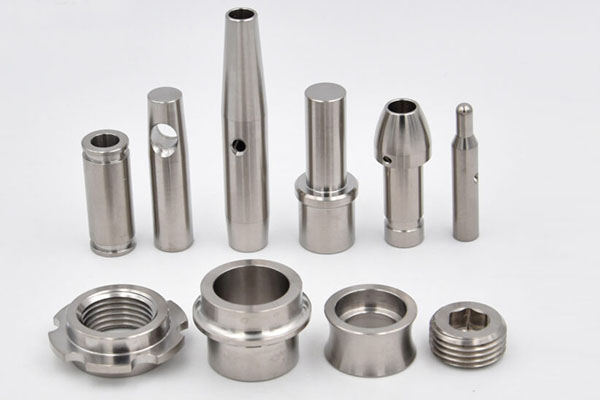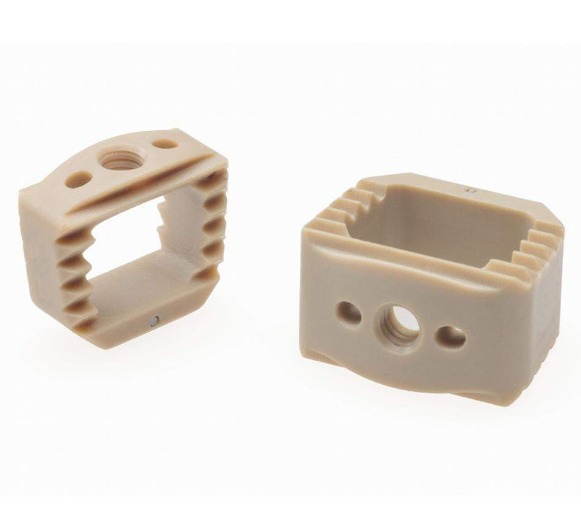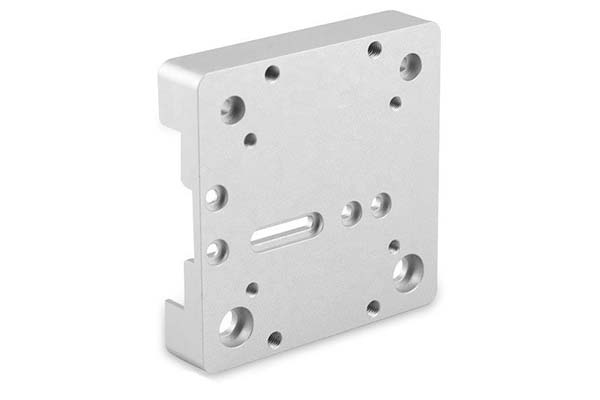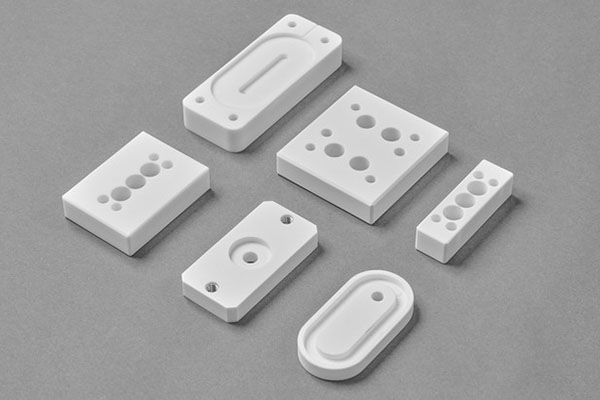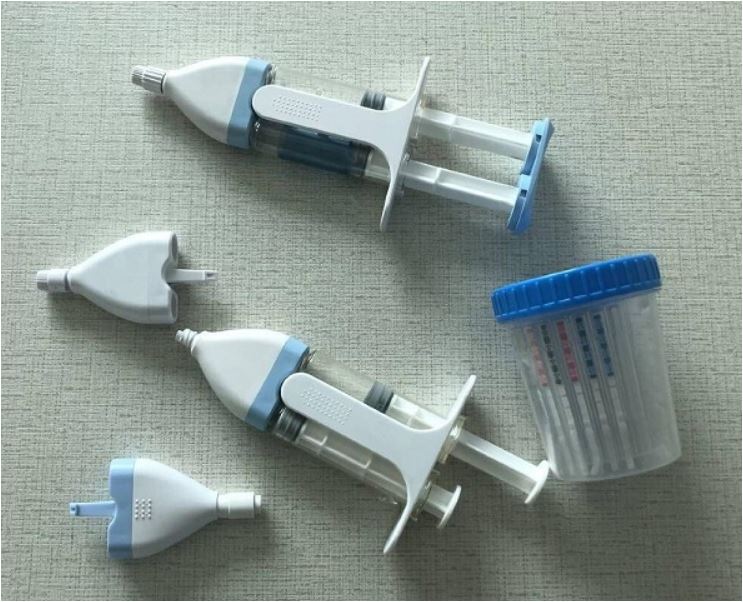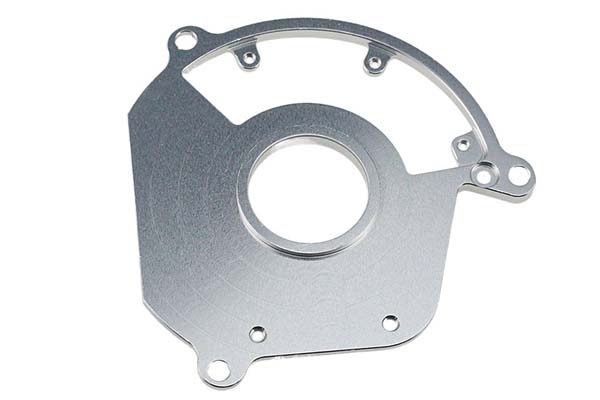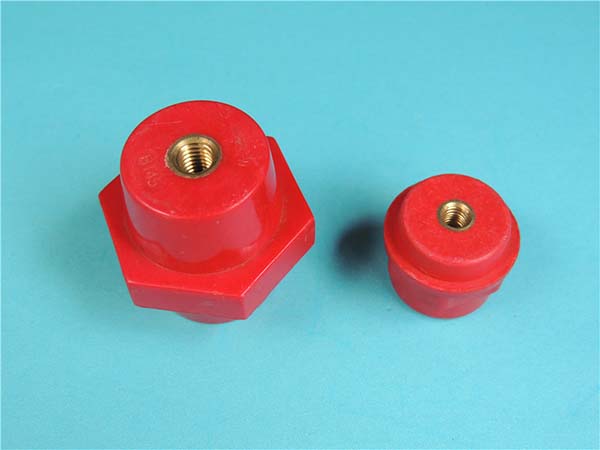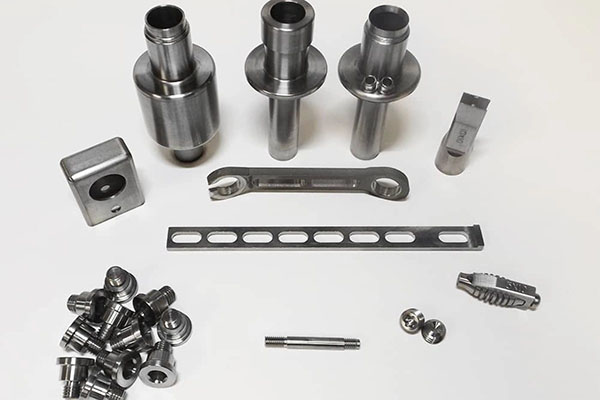Introduction to Subtractive Rapid Prototyping
Subtractive rapid prototyping, often referred to as CNC (Computer Numerical Control) machining, is a manufacturing process where material is removed from a solid block to create a 3D model. This technique utilizes computer-controlled cutting tools to shape the material, typically metals, plastics, or wood, into the desired prototype. Subtractive rapid prototyping is renowned for its precision, speed, and ability to produce complex geometries with minimal material waste. In this article, we will explore the definition, process, techniques, applications, advantages, and limitations of subtractive rapid prototyping.
Definition and Overview
Subtractive rapid prototyping involves using computer-aided design (CAD) software to create a digital model of the desired product. This digital model is then translated into machine code, such as G-code, which guides a CNC machine. The CNC machine uses various cutting tools to remove material from a solid block, such as a metal billet, plastic block, or wooden workpiece, until the final shape is achieved. Unlike additive manufacturing, which builds up layers of material to form an object, subtractive rapid prototyping starts with a complete block and carves away excess material to reveal the finished product.
Comparison with Additive Manufacturing
Additive manufacturing (3D printing) builds objects layer by layer from the bottom up using materials like plastic, resin, or metal powder. This method is excellent for creating complex shapes and custom designs but can be slower and less precise than subtractive methods. On the other hand, subtractive rapid prototyping offers higher precision and can work with a wider range of materials. While additive manufacturing is ideal for low-volume production and rapid prototyping, subtractive methods are often preferred for high-precision components and larger-scale manufacturing.
Process and Techniques
CNC Machining Basics
CNC machining is the backbone of subtractive rapid prototyping. The process begins with designing a 3D model using CAD software. This model is then converted into a format that the CNC machine can interpret, such as G-code. The CNC machine reads this code and executes precise movements to cut the material according to the design specifications.
Material Removal Methods
Several material removal methods are used in CNC machining:
- Milling: A rotating cutter removes material from the workpiece. Milling can be done on various types of CNC machines, including vertical, horizontal, and multi-axis milling machines.
- Turning: A single-point cutting tool rotates around the workpiece to remove material, typically used for cylindrical parts.
- Drilling: A drill bit creates holes in the material. Drilling can be performed on CNC milling machines or dedicated CNC drilling machines.
- Grinding: An abrasive wheel removes small amounts of material to achieve fine finishes and tight tolerances.
- Electrical Discharge Machining (EDM): Uses electrical sparks to erode material from the workpiece. EDM is especially useful for hard materials and intricate designs.
Tooling and Cutting Tools
The choice of tooling and cutting tools depends on the material and the complexity of the design. Common cutting tools include:
- End Mills: Used for general milling operations.
- Face Mills: Designed to cut flat surfaces.
- Ball Nose End Mills: Ideal for 3D contouring.
- Twist Drills: Used for making holes.
- Reamers: Enlarge or smooth existing holes.
- Taps: Cut internal threads into holes.
Applications and Industries
Aerospace and Automotive
In aerospace, subtractive rapid prototyping is used to manufacture complex components that require high precision and reliability. Similarly, the automotive industry benefits from this technology for creating custom parts and prototypes with tight tolerances.
Medical and Dental
Subtractive rapid prototyping is crucial in the manufacturing of medical devices and dental prosthetics. It enables the creation of customized implants, surgical instruments, and dental crowns with exceptional accuracy.
Consumer Goods
From electronics to home appliances, subtractive rapid prototyping plays a vital role in the production of high-quality consumer goods. It facilitates the development of innovative designs while ensuring consistent quality across mass production.
Advantages and Limitations
Precision and Tolerances
One of the primary advantages of subtractive rapid prototyping is its high level of precision and tight tolerances. CNC machines can achieve accuracies within a few microns, making them suitable for applications requiring exact dimensions.
Material Efficiency
Though subtractive methods generate some waste, they are generally more material-efficient than additive processes. The starting material is already close to the final shape and size, reducing excess material removal.
Cost and Time Considerations
Subtractive rapid prototyping can be more cost-effective for medium to large production runs compared to additive manufacturing. However, the initial setup time and cost for tooling can be significant. Additionally, production speed depends on the complexity of the design and the capabilities of the CNC machine. For simple parts, subtractive methods can be very quick, but for highly complex geometries, the process may take longer.
FAQs
What are the main differences between subtractive and additive manufacturing?
Subtractive manufacturing (CNC machining) involves removing material from a solid block to create a part, while additive manufacturing (3D printing) builds parts layer by layer. Subtractive methods offer higher precision and are better suited for high-strength materials, whereas additive methods are ideal for complex designs and low-volume production.
What materials can be used in subtractive rapid prototyping?
A wide range of materials can be used in subtractive rapid prototyping, including metals (such as aluminum, steel, and titanium), plastics (like ABS, polycarbonate, and nylon), and wood. The material choice depends on the application and the required properties for the final product.
How does subtractive rapid prototyping contribute to faster product development?
Subtractive rapid prototyping accelerates product development by enabling designers to quickly create functional prototypes with high precision. This facilitates iterative testing and refinement, reducing the time to market. Additionally, the ability to work with a variety of materials ensures that the prototype closely mimics the final product's performance and characteristics.
In conclusion, subtractive rapid prototyping, particularly through CNC machining, provides precise, efficient, and high-quality solutions for product development. While it may not offer the same flexibility for complex geometries as additive manufacturing, it excels in high-precision applications, especially in industries like aerospace, automotive, medical, and consumer goods. Understanding the advantages, techniques, and limitations of subtractive rapid prototyping helps manufacturers and designers select the most appropriate process for their specific needs.
